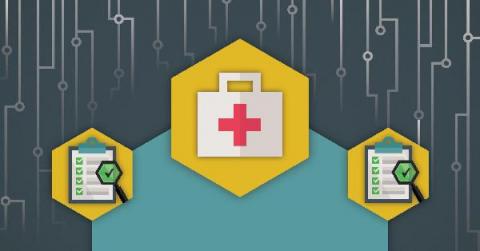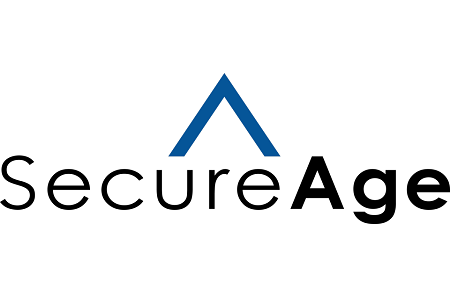Why Cybersecurity is Critical to Maintaining HIPAA Compliance
When exploringhttps://securityscorecard.com/admin/entries/blog/154640?draftId=2332&fresh=1# top network security breaches, many think of the obvious: banks or large consumer institutions. However, healthcare organizations are on the rise as a top target for hackers, with the number of data breaches rising 36% in the second half of 2020.











